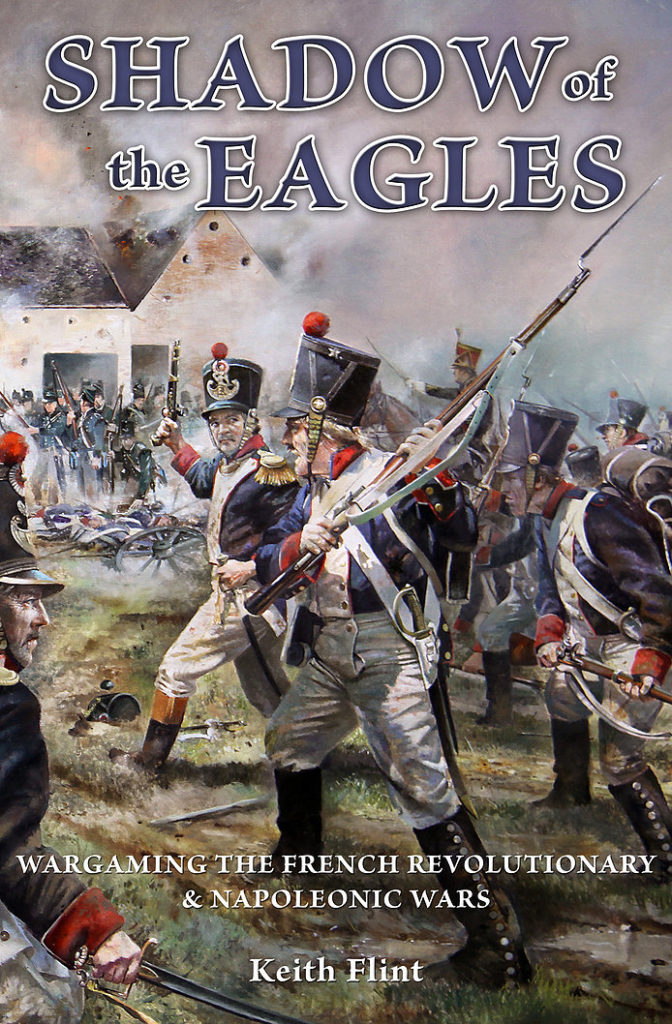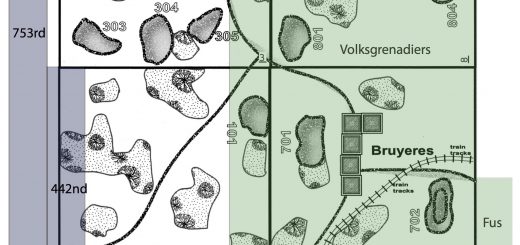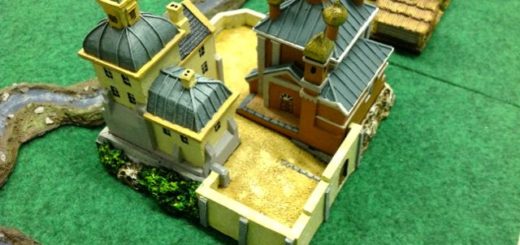Il regolamento Shadow of the Eagles
di Keith Flint, mi e’ appena arrivato.

Ho avuto qualche scambio di considerazioni con l’autore a riguardo della necessita’ per tutti i regolamenti napoleonici di mettere delle regole sull’utilizzo delle colonne sul campo.
Home rule: Squaring-up of charging units (rule amendment)
- A charging unit must always conform to the defending unit, by contacting the enemy front with its own center point.
- no tricks of charging units contacting with a negligible fraction of their front.
Home Rule: Battalions in column, spacing and combat
Spacing of battalions in column (additional rule)
- Battalions moving in columns must always be spaced to allow each battalion to deploy in line if necessary.
- this means that two battalions needs to maintain a spacing of one base each, between them two bases of spacing in total.
- this rule may be amended for the late period, (1812+ ?)
Combat dice (Rules amendment)
- a battalion in column uses a maximum of 3 dice in combat and 1 for fire.
Fire Dice (Rules Amendments)
- Battalions in Skirmish order:
- throw three fire dice.
- Two fire dice, used in the Hardback version of the rules, would make a whole battalion fighting in skirmish order firing the same as a battalion skirmish screen of about one company.
- cannot change formation in proximity (6″) of the enemy
- closing formation in proximity of the enemy would be a very dangerous manoeuvre, it would make battalions in skirmish, closing at the very last minute, the favourite formation to carry an attack. In reality a battalion in skirmish would rely on fire only to harass the enemy, while attacks should be carried in line or column.
- throw three fire dice.
Designer’s Notes
- Adopting these rules allows to see on the table a more historical unit deployment, at least for the earlier periods.
- It is then also possible to reconsider combat factors of units in line and in column, giving some more combat power to a unit attacking in a deeper formation:
- the maximum number of combat dice in Keith’s rules, of a unit fighting in column, changed over time from four dice (Seven Year War Rules attack columns) to three (Shadow of the Eagles v.8 and v.9), to two (Shadow of the Eagles, Hardback printed edition).
- This was probably prompted to mitigate the effect of two columns charging a single battalion in line, which would lead with high probability to the two columns winning.
- in such a case, keeping the four or even three combat dice for columns without requiring spacing, would cause all players to deploy in phalanxes of densely packed battalions in column to carry our attacks.
- the constraint on minimal spacing avoids any “phalanx” effect and allows no big disadvantage in a one-to-one combat attacking in a deeper formation, clearly a column is heavily disadvantaged during a firefight.
- This was probably prompted to mitigate the effect of two columns charging a single battalion in line, which would lead with high probability to the two columns winning.
- the maximum number of combat dice in Keith’s rules, of a unit fighting in column, changed over time from four dice (Seven Year War Rules attack columns) to three (Shadow of the Eagles v.8 and v.9), to two (Shadow of the Eagles, Hardback printed edition).
- As an example, using the above rules, a line in combat with a battalion in column will fight using four dice against three, the column brings less men into combat but we have the morale effect produced by the deeper formation.
- reading books about napoleonic tactics it seems that the most effective tactic, considered by most professionals, would be to deploy into line just before making contact with the enemy, but some favoured to keep the column formation until contact. For this reason I would penalise combat of a column formation, but not as much as giving them half the dice of the defending line. So 3 dice, as in previous versions of these rules, is more appropriate to me than 2 dice appearing in the printed edition.



